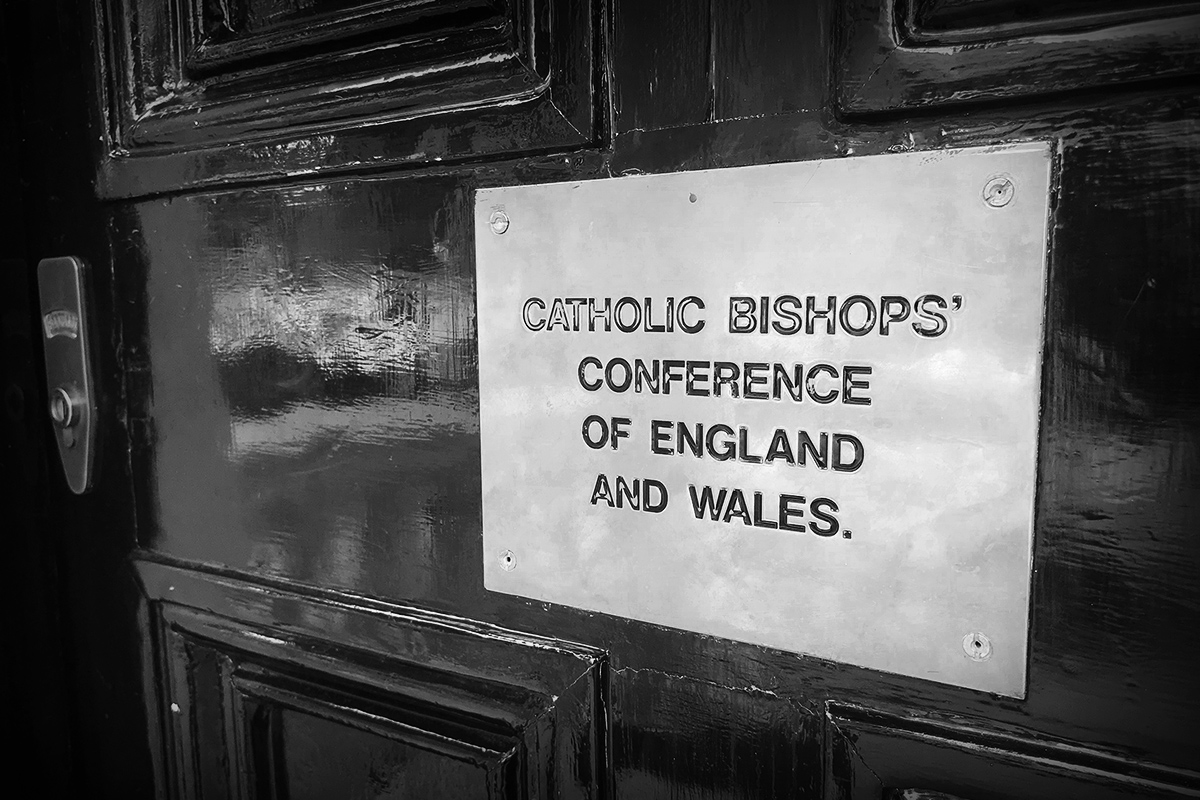
‘Catholic schools are clearly incubators of social values and of motivation towards the common good’, says Archbishop
CES launches new community cohesion guidance
The Catholic Education Service (CES) has launched new preliminary guidance for all Catholic schools in England on the statutory duty to promote community cohesion, ahead of September 2008 when this duty will be inspected by Ofsted. The CES welcomes this duty and believes that the guidance is a timely document, which taps into the current debate on community cohesion. The document emphasises the diversity of Catholic education and examines how Catholic schools engage with the issue of community cohesion now and in the future.
This CES guidance is clear: Promoting community cohesion is neither new to us, nor an optional extra. Catholic schools enhance their Catholic identity by committing themselves to working for a more cohesive world.
Catholic Schools and Community Cohesion: CES Guidance asks questions such as What does community cohesion mean? and What are Catholic schools doing already? It highlights the CES’ finding that, while issues of race are important, Catholic schools view community cohesion as a far broader spectrum encompassing (but not limited to) such activities as links with other schools, interfaith dialogue, engagement with a variety of age groups in the community and environmental projects.
The document explores what community cohesion means in the Catholic context, illustrates through case studies existing practice in a variety of Catholic schools and exemplifies existing frameworks for inspection. It shows that the inspections of religious education and the Catholic life of a school (known as section 48 inspections) are ahead of the game in explicitly evaluating and reporting on community cohesion.
Catholic schools are always looking for opportunities to improve their contribution to social harmony in the different communities which they serve, whether on the local, national or global level. Oona Stannard, CES Chief Executive and Director of the CES, said: ‘If we don’t define ourselves, others will do it for us. We have to be transparent about what a Catholic education has to offer the whole community because if we don’t make it apparent others will make presumptions. This simple document helps us to share what is good so that we can live up to the goal of learning about one another, learning from one another and learning with one another.’
St John Vianney Catholic Primary School and Children’s Centre in Hartlepool features in the
guidance and Head teacher John Hardy illustrates the way in which Catholic education serves his local community: ‘As more members of the community begin to visit our facilities, the traditional barriers begin to dissolve and the mission of the Catholic Church at the service of the entire community, especially responsive to the most marginalised and standing in solidarity with the poorest, is beginning to be realised.
The Most Reverend Vincent Nichols, Archbishop of Birmingham, has made it clear that Catholic schools contribute to community cohesion both in terms of their diversity and their activities: ‘Catholic schools are clearly incubators of social values and of motivation towards the common good. Within schools, as the evidence clearly suggests, pupils learn both principles and the practice of seeking the good of others, intelligent, moral discourse about the ways the good is to be discerned and an appreciation of the faith and religious truths of the world around them. These are precisely the abilities that citizens of the future will require.’